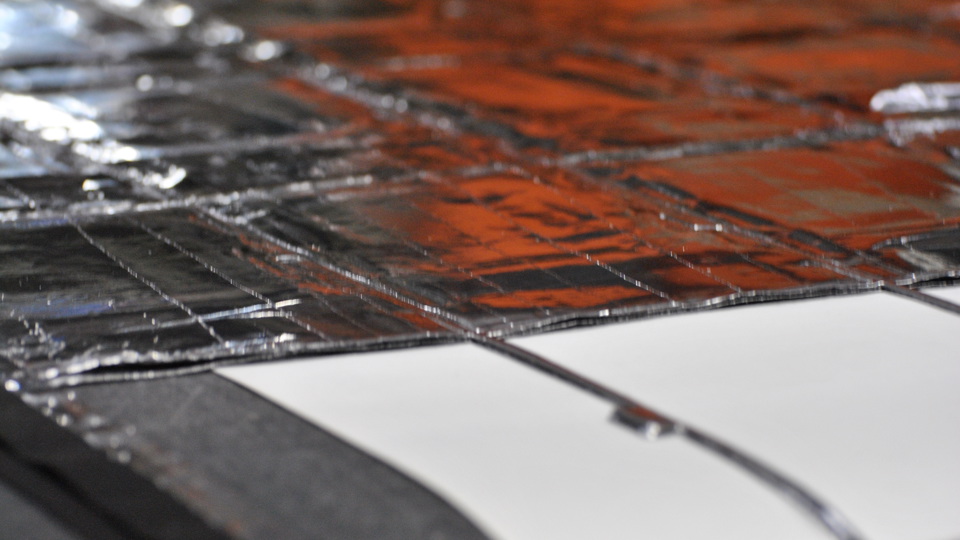Steel Rule Die Cutting 101

Die cutting isn’t a one size fits all process. Depending on the quantity and type of material your project requires, your precision die cutting professional might recommend one of several die cutting processes. Learning about these processes at a basic level will arm you to ask great questions and become a better partner with your die cutting professional. Understanding the fundamentals will also help you save time and money. In this article we’ll be discussing steel rule die cutting.
What is Steel Rule Die Cutting?
Steel rule die cutting is a common and inexpensive way to cut a shape out of a sheet material like foam, paper, cardboard, rubber, plastic, cork, or fiberglass and is often viewed as a cookie cutting process. A good rule of thumb is that if a material can be cut with scissors, it can be die cut. The most common and simplistic steel rule cutting die is comprised of three components: a die board, steel rule cutting blade and rubber ejection. The shape of the part to be die cut is duplicated by cutting into the die board either by jigsaw or more commonly today, with a laser. The cut is called a kerf and the width is slightly smaller than the width of the cutting rule so that it holds the cutting rule tightly in the board. The sharp steel cutting rule is bent into the shape of the part to be die cut and pounded into the die board kerf with a soft faced die mallet. Rubber ejection is used to push the die cut part out of the cutting die. It is available in many different forms and firmness. Selecting the right ejection and amount is a critical factor in the long-term accuracy and life of the cutting die. Ejection can also cover the entire cutting die called full ejection or spotted in specific locations around the cutting rule.
An important aspect to remember is that steel rule die cutting is not a shearing process but a displacement process. As the die is pressed into a material the sharp cutting blade acts much like an ax cutting through wood. The leading edge cuts the surface but as it is forced further into the material, the blade pushes the material apart along the cutting edge until it fractures and separates. Harder materials like film and paper actually fracture and are completely cut before the blade fully penetrates. Soft materials on the other hand do not fracture. The cutting action occurs when the compressive load of the material exceeds the force needed to begin cutting edge penetration. A dull die will require more force and compression that can lead to finished part distortion with soft materials and fuzzy or rough bur edges on rigid materials.
Simplicity and low tooling costs make steel rule die cutting a popular manufacturing process when cutting materials into a useable finished shape. From simple sticky felt pads and sponges to high tech heat dissipating thermal interface materials found in electronics, steel rule die cutting is a process that touches everyone every day.
Connect with JBC Technologies for All of Your Die Cutting Needs
Whether your die cut part requires a basic steel rule die or something far more complex, JBC Technologies is your one-stop source. With multiple converting processes all under one roof and extensive cutting capacity that includes a wide variety of high speed, high precision rotary presses as well as narrow and wide web platen presses, we have you covered. Contact JBC for your custom die cut quote today.